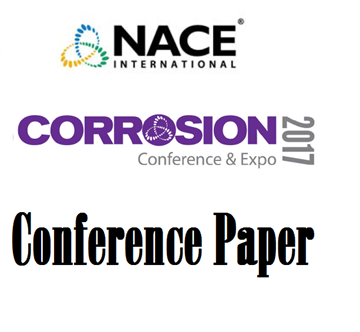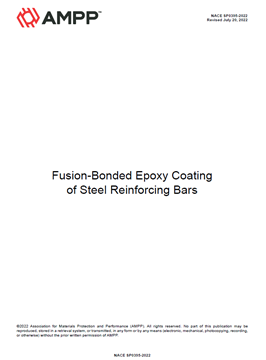Search
Products tagged with 'fusion bonded epoxy (fbe)'
View as
Sort by
Display
per page
11032 New Development of a High Tg FBE Coating
Product Number:
51300-11032-SG
ISBN:
2011 11032 CP
Publication Date:
2011
$20.00
51317--9534-The Dilemma Found During Investigative Digs
Product Number:
51317--9534-SG
ISBN:
9534 2017 CP
Publication Date:
2017
$20.00
Corrosion Resistance Of FBE Internal Coating Pipe In High Temperature And High CO2-H2S-Cl- Environment
Product Number:
51322-17509-SG
Publication Date:
2022
$20.00
NACE SP0395-2022, Fusion-Bonded Epoxy Coating of Steel Reinforcing Bars
Product Number:
NACE SP0395-2022
Publication Date:
2022
$109.00
Overview of latest advances in measuring and understanding cathodic protection current permeability by organic coatings
Product Number:
51320-14685-SG
Publication Date:
2020
$20.00





